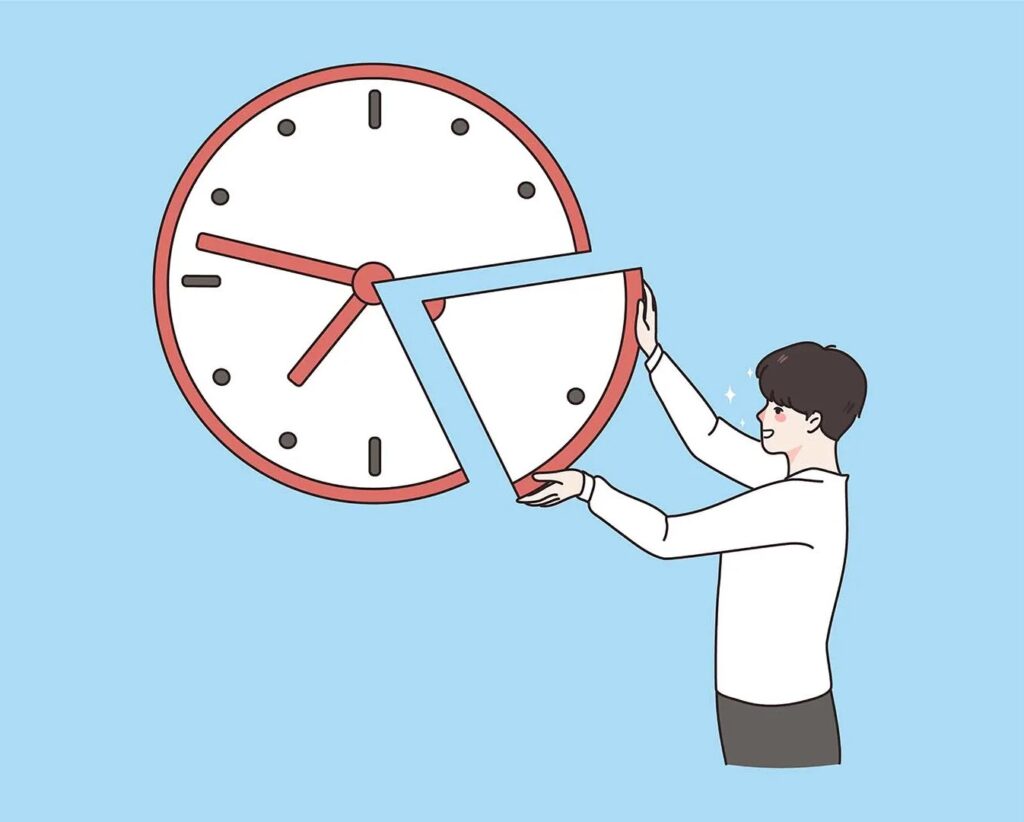Structuring Your Time for Maximum Impact with the 3-3-3 Method
Even with a strong prioritization system in place (like the A-B-C-D-E Method we explored last week), many professionals still struggle to stay on track and get things done.
Why? Because knowing what to work on is only half the battle – structuring your time effectively is just as important.
In our end-of-year survey, 90% of respondents identified Mastering Time Management and Prioritization as a critical challenge for 2025. We’ve already covered decision-making (Week 1: 4 D’s) and prioritization (Week 2: A-B-C-D-E Method). Now, we’re taking it a step further – learning how to structure your workday for maximum focus, productivity, and balance.
This is where the 3-3-3 Method comes in.
Unlike other time-blocking strategies, this method ensures that you dedicate time to deep, focused work, urgent responsibilities, and essential maintenance tasks – striking the perfect balance between strategy, execution, and sustainability.

Why Most Time-Blocking Strategies Fail
Many professionals try to improve their time management by creating rigid schedules or blocking out entire days for specific types of work. But these approaches often don’t hold up in real-world settings where unexpected tasks, shifting priorities, and urgent issues arise.

Common reasons traditional time-blocking fails:
🔹 Lack of flexibility – Most schedules fall apart when something unexpected happens.
🔹 Overcommitment to meetings and admin – Leaving no time for deep, strategic work.
🔹 Ignoring urgent tasks – Focusing only on planned work without room for critical priorities.
The 3-3-3 Method solves these problems by providing structure without rigidity, ensuring that your time is balanced between high-impact work, urgent responsibilities, and essential upkeep.
What is the 3-3-3 Method?
The 3-3-3 Method, developed by Oliver Burkeman and adapted for modern professionals, is a simple but highly effective way to structure your workday.

It consists of three core components:
✅ Deep Work Session (3 Hours) – Focused, uninterrupted time for high-value, strategic tasks.
✅ 3 Urgent Tasks – Time set aside for tackling three critical, time-sensitive responsibilities.
✅ 3 Maintenance Tasks – Routine, administrative, or professional development tasks necessary for long-term productivity.
This approach ensures that you make meaningful progress on strategic work while also handling immediate priorities and maintaining ongoing responsibilities.
How the 3-3-3 Method Works in Real Life
To see how this method plays out in a typical workday, let’s explore three real-world scenarios:
Scenario 1: A Project Manager Balancing Strategy and Execution
A project manager juggling high-priority deliverables, urgent client requests, and ongoing administrative work might structure their day like this:
✔ Deep Work (8 AM - 11 AM) – Draft a detailed project proposal for an upcoming client pitch.
✔ 3 Urgent Tasks – Respond to a critical client inquiry, approve project budget revisions, coordinate with the team on an unexpected delay.
✔ 3 Maintenance Tasks – Update project task lists, review email inbox, attend a professional development webinar.
Outcome: The project manager makes significant progress on strategic work before diving into urgent tasks and still keeps up with ongoing responsibilities.
Scenario 2: An Entrepreneur Managing Business Growth
An entrepreneur who needs to focus on big-picture growth while keeping up with day-to-day operations could use this structure:
✔ Deep Work (9 AM - 12 PM) – Work on a long-term strategic business plan.
✔ 3 Urgent Tasks – Follow up with key clients, finalize a supplier contract, troubleshoot an urgent team issue.
✔ 3 Maintenance Tasks – Organize invoices, schedule social media content, review industry news.
Outcome: They dedicate time to business strategy while handling urgent tasks and keeping their operations running smoothly.
Scenario 3: A Marketing Director Navigating a Fast-Paced Environment
A marketing leader overseeing campaigns and team coordination might use this framework:
✔ Deep Work (7 AM - 10 AM) – Develop creative content for an upcoming campaign.
✔ 3 Urgent Tasks – Review a time-sensitive advertising proposal, approve social media ads, respond to an urgent media inquiry.
✔ 3 Maintenance Tasks – Check campaign analytics, organize upcoming team meetings, update the marketing calendar.
Outcome: They protect time for strategic creativity, respond quickly to urgent needs, and maintain team workflow.
How to Implement the 3-3-3 Method in Your Workday
To put this method into practice:
- Schedule Your Deep Work Session – Block out three hours in your peak productivity window for strategic, high-value tasks.
- Identify Your Three Urgent Tasks – Address time-sensitive tasks that must be completed to avoid problems or missed deadlines.
- Select Your Three Maintenance Tasks – Dedicate time to ongoing, necessary responsibilities that prevent things from piling up.
The 3-3-3 Method Worksheet (available for free below) will guide you through setting up your personalized daily structure and help you track your results.
Download the Free Tool: 3-3-3 Method Worksheet
If you’ve ever felt like your days disappear into endless distractions, urgent requests, and unfinished work, the 3-3-3 Method will help you regain control.
✔ A structured framework for balancing deep work, urgent tasks, and maintenance work.
✔ A step-by-step guide to plan and execute your day effectively.
✔ A customizable template to help you adapt the method to your workflow.
Final Thoughts: The Power of Structured, Intentional Work
Time-blocking doesn’t have to be rigid – the 3-3-3 Method provides the structure you need without sacrificing flexibility.
By using this approach, you’ll ensure that your day is balanced between:
✔ High-impact, strategic work
✔ Essential urgent tasks
✔ Ongoing responsibilities that keep everything running smoothly
Try it for a week – see what happens when you start managing your time with intention instead of reacting to everything that comes your way.
And don’t forget to download the free worksheet to make this strategy part of your routine!
